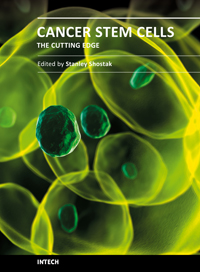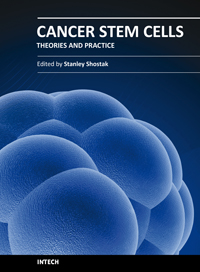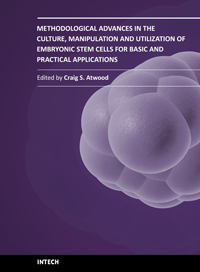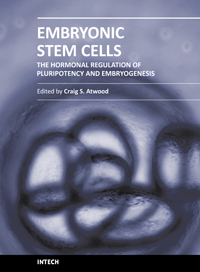
Gen Trị liệu (phương pháp chữa bệnh bằng Gen) được xuất bản bởi NXB Y Học năm 2005. Tác giả cuốn sách là PGS.TS Nguyễn Văn Kình, một chuyên gia đầu ngành về Gen Trị liệu – người đặt nền tảng về lý thuyết cũng như thực hành cho Gen Trị liệu Việt Nam.
Sau sự kiện trọng đại – tháng 6 năm 2000 khi trình tự phác thảo bộ gen người đã được công bố , tất cả mọi người trên hành tinh đều chờ đợi một ngày nào đó con người có thể trị được các bệnh nan y và ngày đó đã đến . Hiện nay ngưòi ta có thể chẩn đoán và điều trị được các bệnh bằng công nghệ DNA . Sự xuất hiện của đầu dò DNA cùng với PCR đã giải quyết được nhiều vấn đề bức thiết của Y học , chẳng hạn như thay vì phải chờ đợi hàng tuần lễ để có một xét nghiệm về vi khuẩn lao thì nay công việc đó chỉ mất vài giờ thậm chí có thể sớm hơn nữa . Điều này giúp ích cho các bệnh nhân được điều trị sớm hơn và tránh được sự lây lan trong cộng đồng . Với phương pháp chữa bệnh bằng gen hay gọi vắn tắt là gen trị liệu đã chữa được nhiều bệnh di truyền như bệnh xơ nang , bệnh đau cơ Duchenne , bệnh Huntington , Hội chứng gẫy nhiễm sắc thể X , U nguyên bào võng mạc , bệnh Alzheimer , bệnh xơ cứng teo cơ cột bên , bệnh tiểu đường , bệnh ung thư v.v.. Trong tương lai các bệnh như Cholesterol cao có tính chất gia đình, các bệnh về gan , bệnh Lesh- Nyhan , bệnh Gaucher và bệnh ưa chảy máu cũng sẽ được xử lý bằng gen trị liệu .
Mới đây nhóm nghiên cứu tại Trường Đại học California , Los Angles đã sử dụng liposom được bao bởi polyethylen glycol (PEG) để đưa vào tận các tế bào não . Việc chuyển gen vào não là một thành công rất có ý nghĩa , nó tạo tiềm năng cho việc trị các bệnh Parkinson (New Scientist . Com-March 20, 2003) …
Điều mà mọi người đang chờ đợi nhất có lẽ là các bệnh ung thư và căn bệnh thế kỷ HIV-AIDS . Cho tới thơì điểm này nhiều bệnh ung thư đã được trị bằng gen trị liệu và đã đem lại những kết quả khả quan . Với bệnh AIDS , người ta cũng thu được những kết quả rất khích lệ . Chẳng những thế các thế hệ vac xin AIDS đang được thử nghiệm , chắc chúng ta ai cũng chờ đợi cái giây phút mà vac xin AIDS sẽ thành công như các loại vac xin Viêm gan B , vac xin Cúm hay một loại vac xin hiện đại nào đó đang được lưu hành .
Cuốn sách này dành cho các bác sĩ lâm sàng , những người đang ngày đêm theo dõi các căn bệnh ở từng bệnh nhân , lúc nào họ cũng chờ đợi một phương pháp hữu hiệu nhất để cứu sống người bệnh . Tuy vậy , sách cũng giúp ích cho tất cả những ai quan tâm tới Gen trị liệu – một phương phấp chữa bệnh mới hiện đai và đầy tiềm năng . Sách cũng giới thiệu các dược phẩm được bào chế theo kiểu Công nghệ DNA . Phân tử Antisene là một chế phẩm thuốc hoàn toàn mới chứa đựng nhiều tiềm năng đáng được quan tâm . Đây không chỉ đơn thuần là vấn đề khoa học mà còn là một lĩnh vực kinh tế hấp dẫn mà các nhà hoạch định chính sách cần quan tâm vì lợi nhuận thu được từ công nghệ gen là khổng lồ .
Sách cũng đề cập tới việc làm trong sạch môi trường , phá vỡ chu kỳ dịch bệnh của các côn trùng và các tác nhân gây bệnh nguy hiểm khác v.v..
Phần cuối của cuốn sách chúng tôi có đề cập tới một số lĩnh vực mới trong công nghệ DNA như Tin -Sinh học . Sự xuất hiện của tin sinh học làm chúng ta an tâm rằng , mặc dù ta còn nghèo , trang thiết bị thiếu thốn , nhưng chúng ta vẫn có thể bắt tay ngay vào lĩnh vực gen trị liệu để chữa trị bệnh cho các bệnh nhân . Điều đó thật dễ hiểu , vì thời đại ngày nay tất cả mọi công việc đều mang tính chất toàn cầu , công nghệ DNA nói chung hay Gen trị liệu nói riêng cũng không ngoài quy luật ấy .
“Gen Trị Liệu” tại đây
(file .PDF, 139 trang, 51MB)
(Source: http://gentrilieu.com/?Act=Books)






